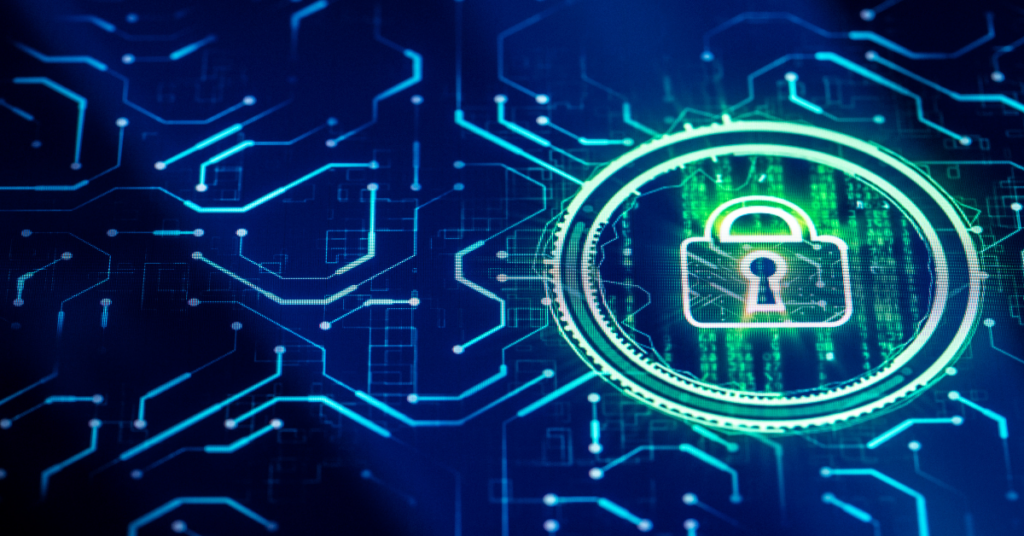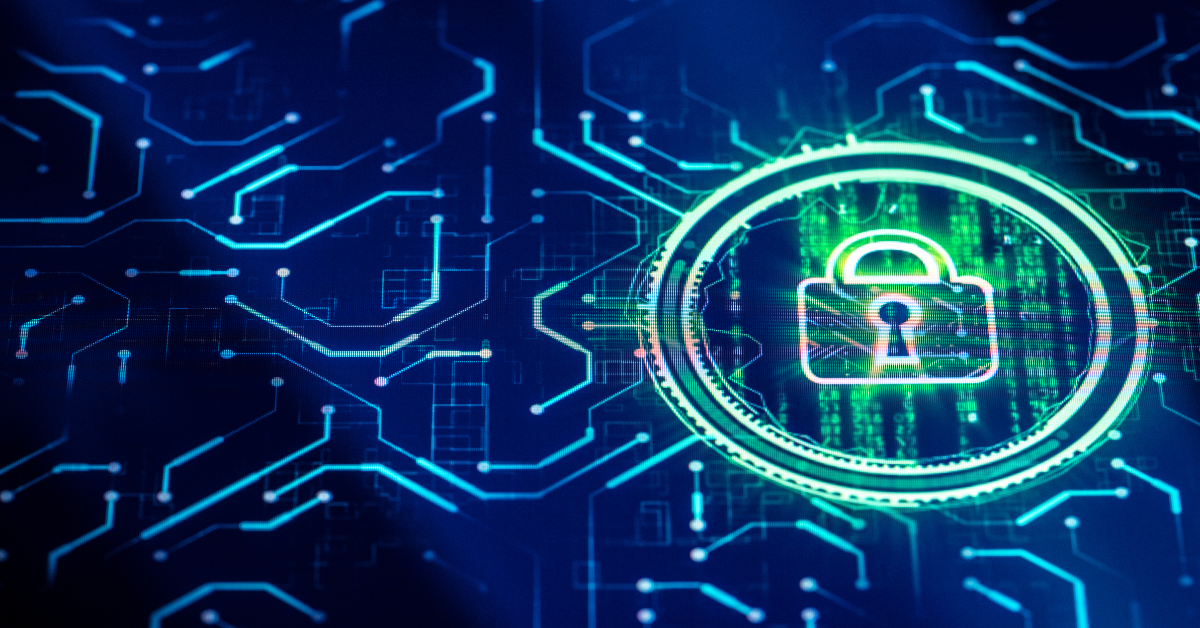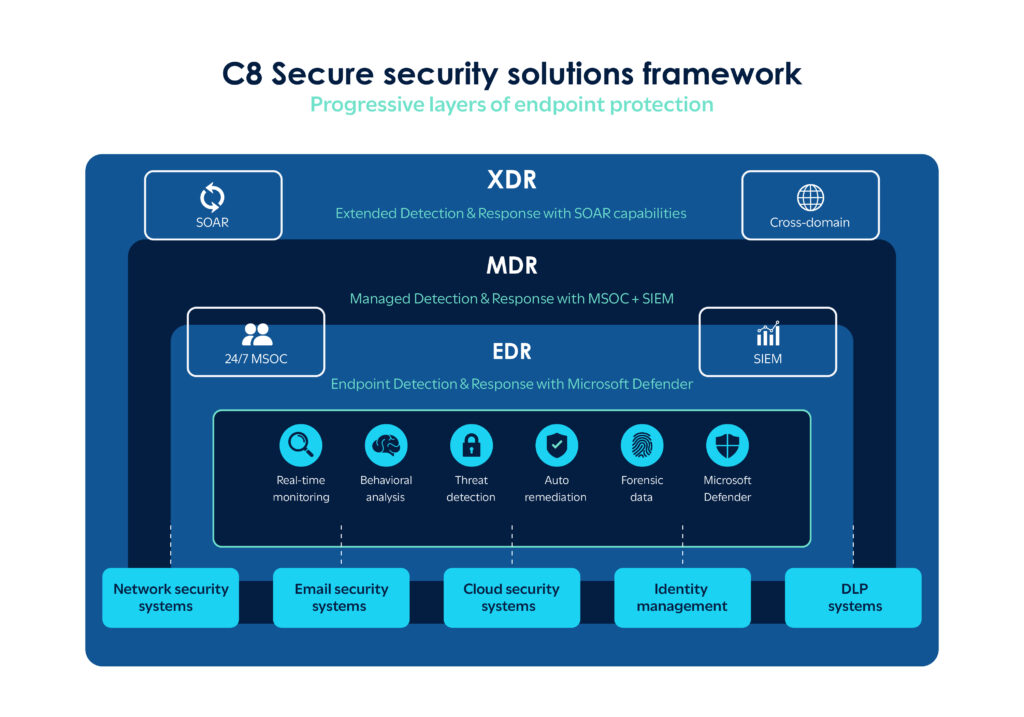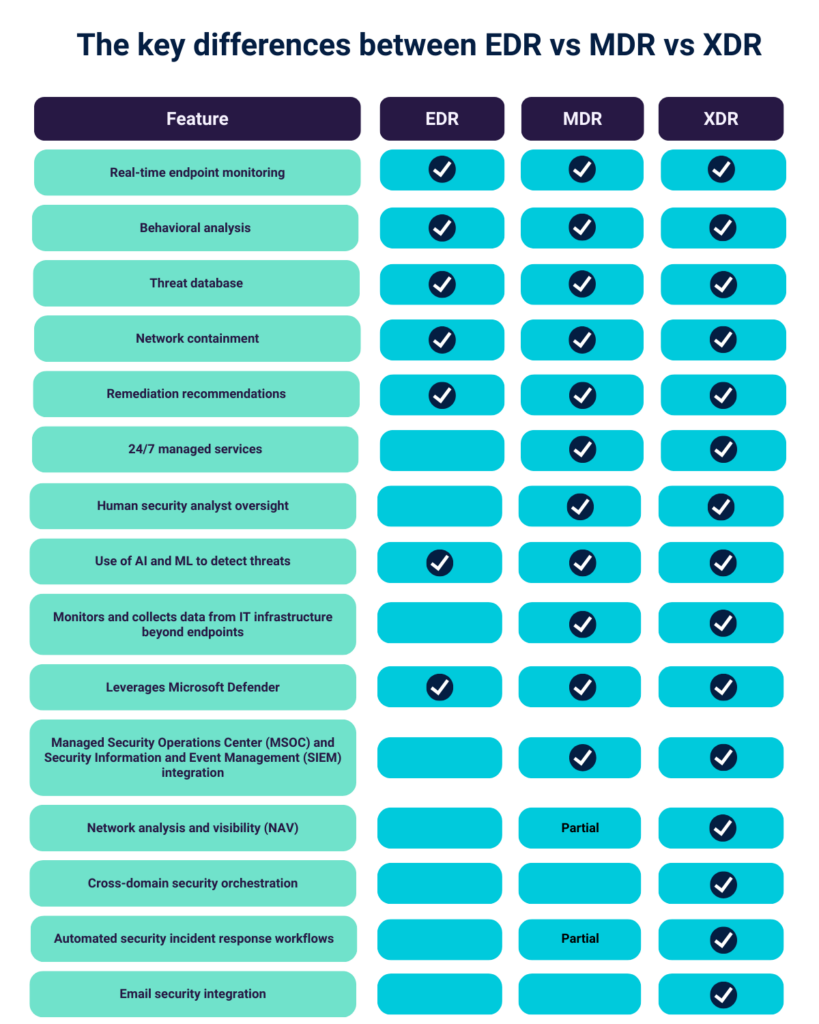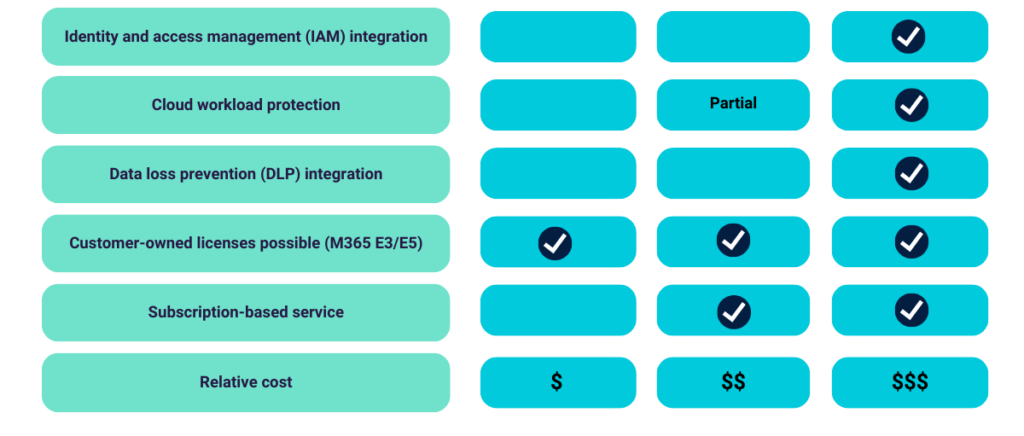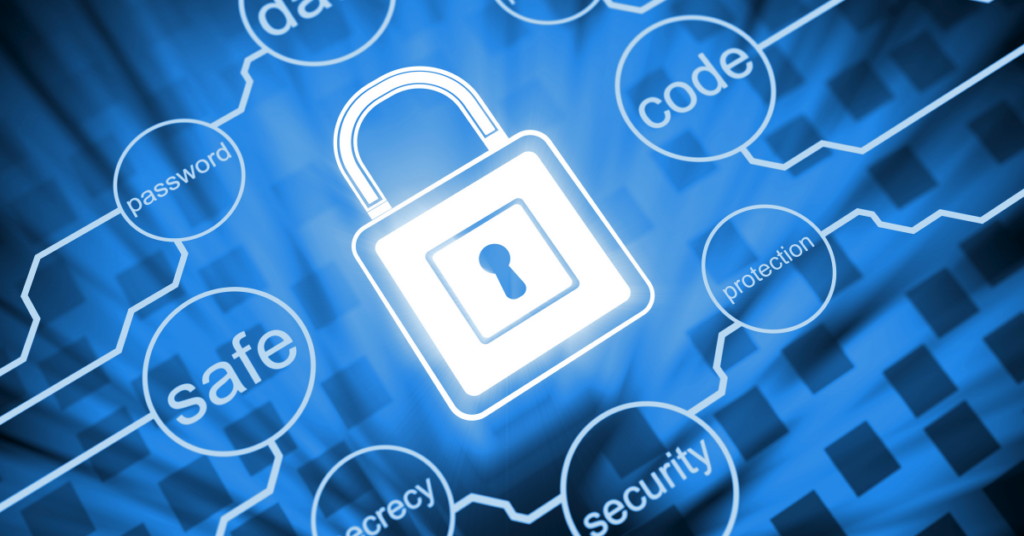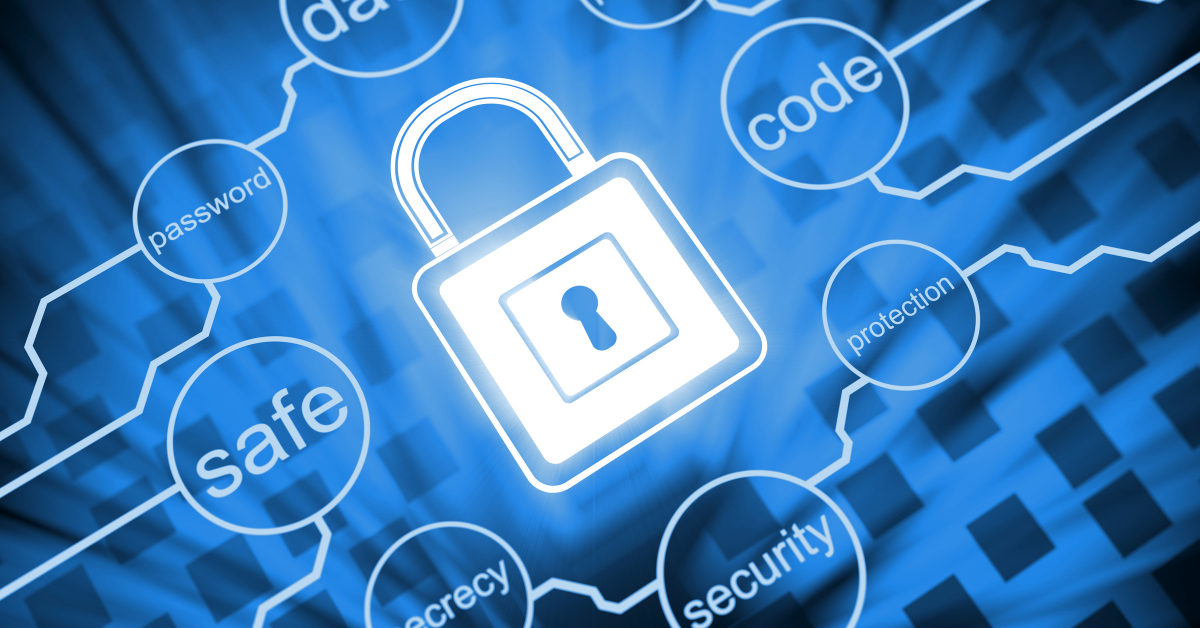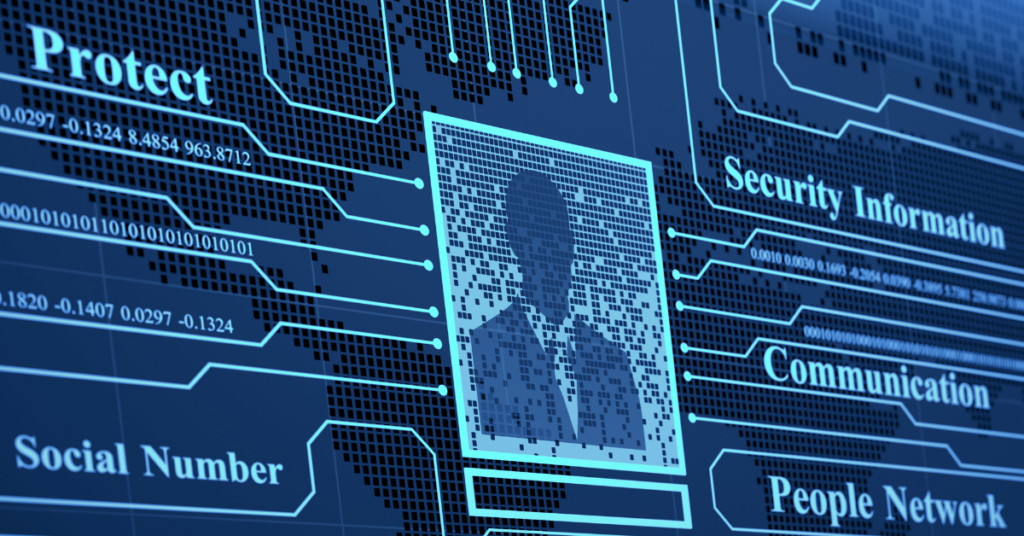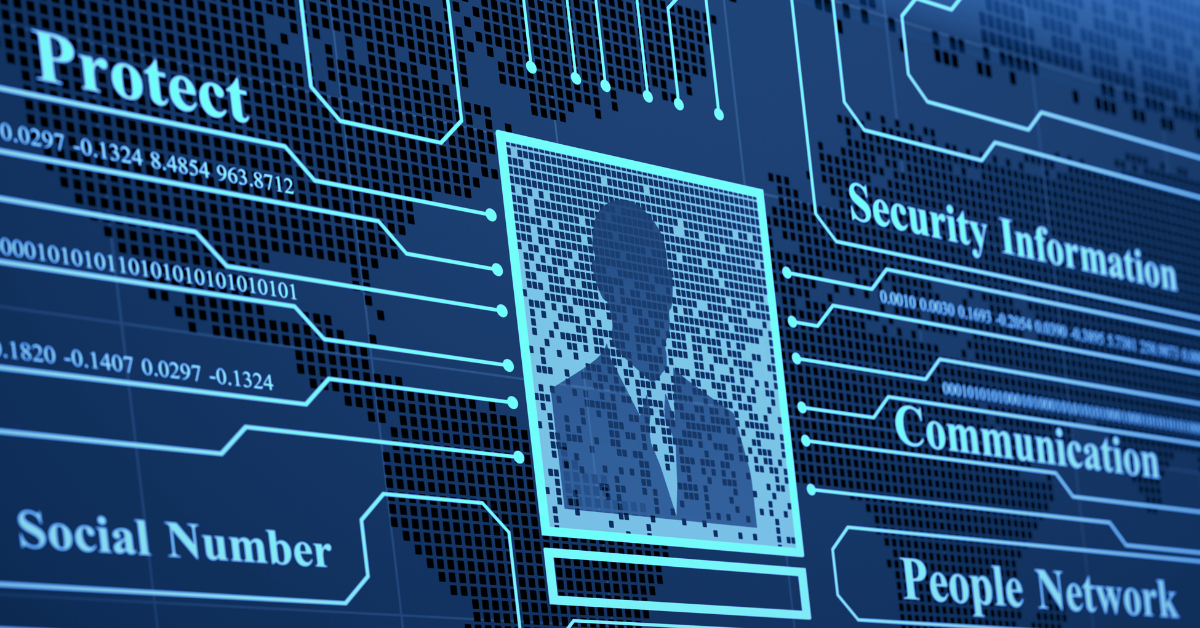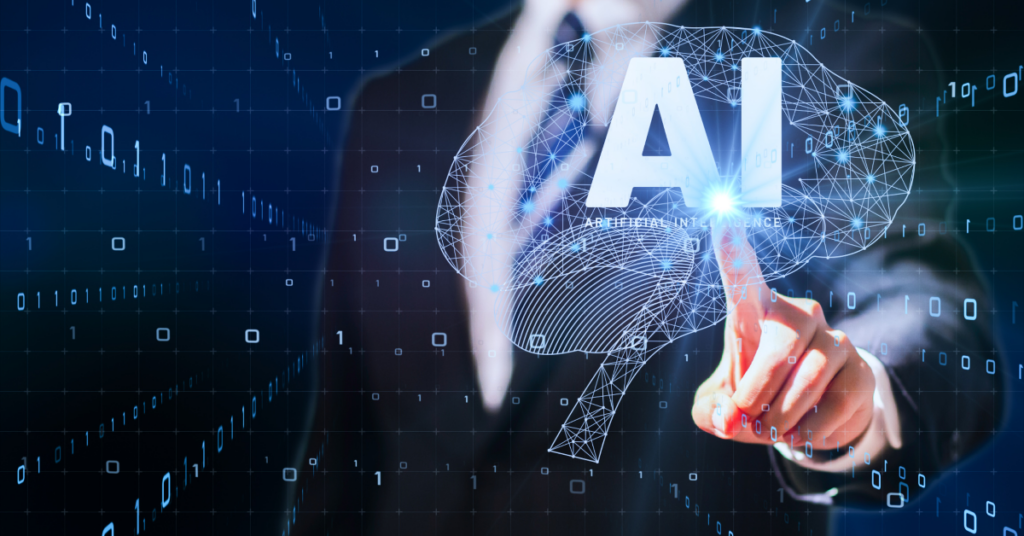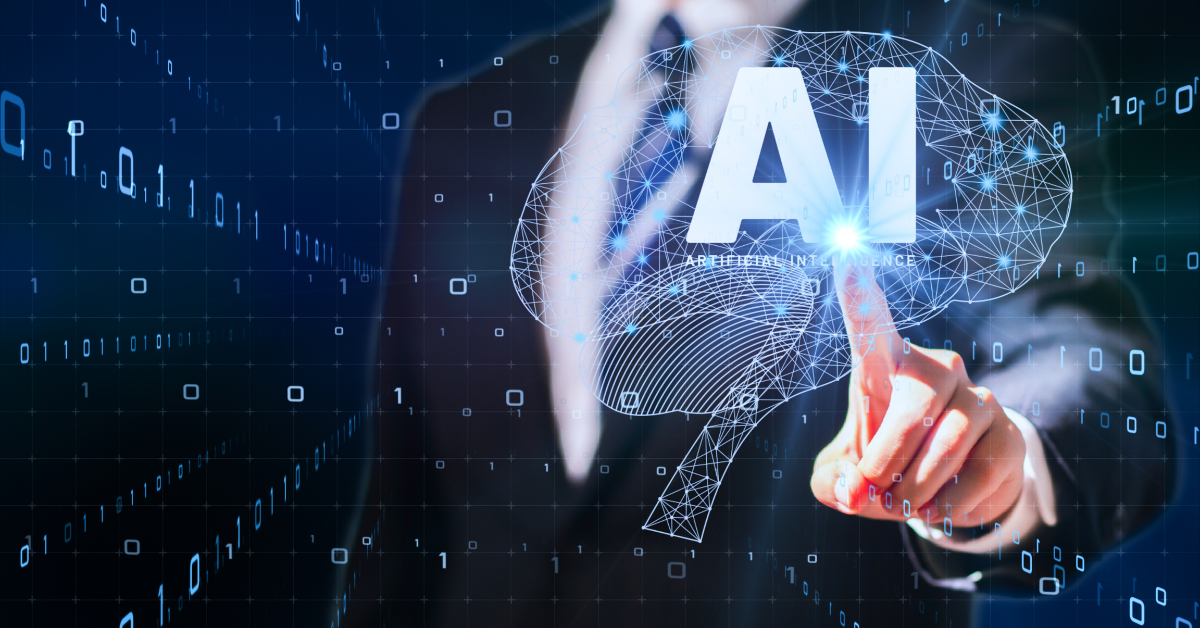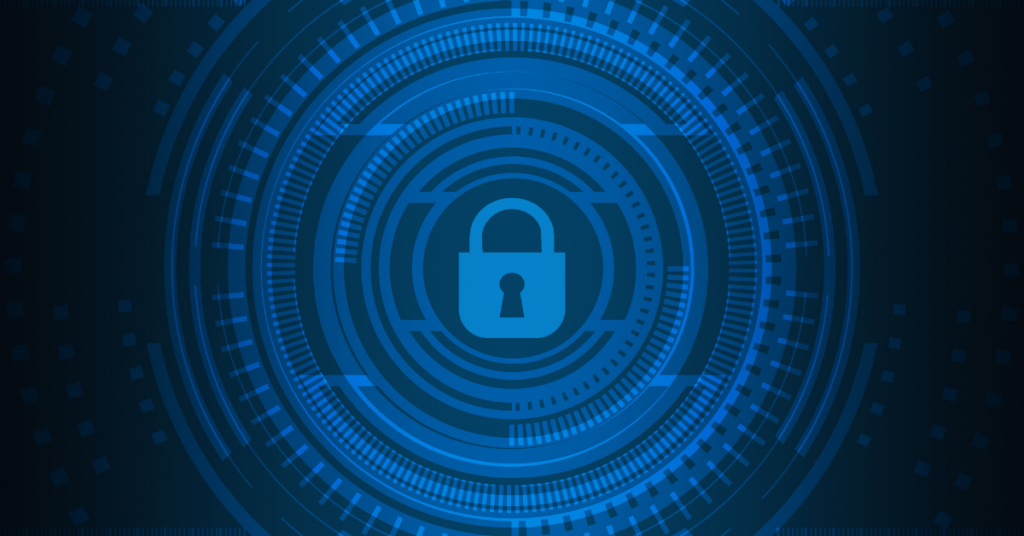
CORPORATE UPDATE
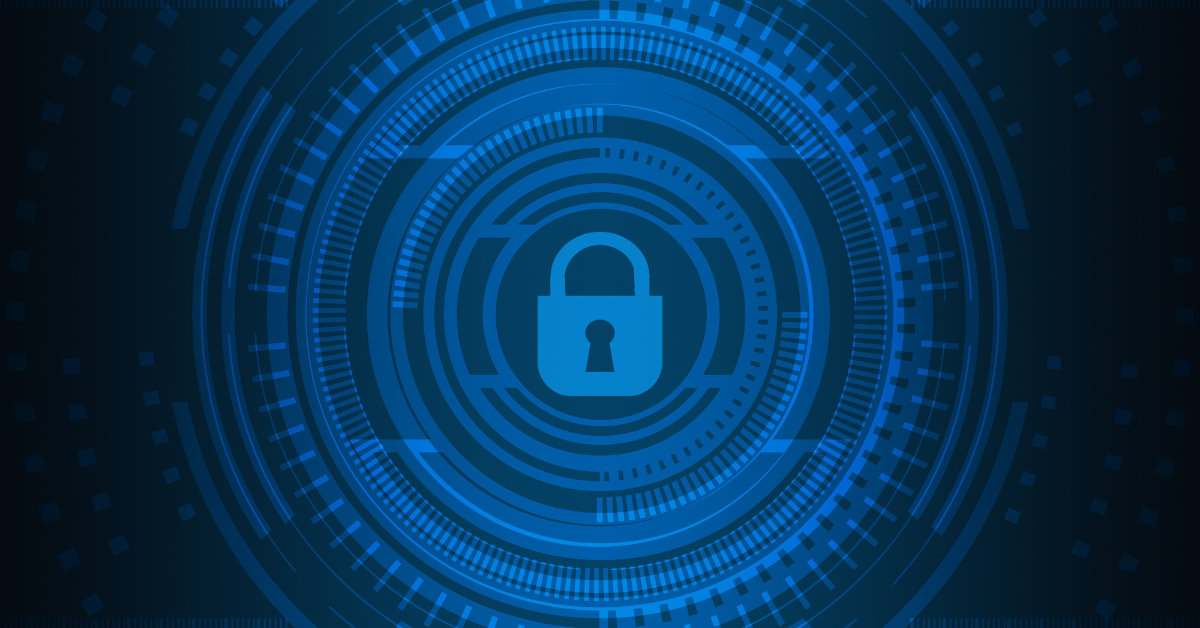
C8 Secure provides pen testing to Cherokee Tribal Gaming Commission to strengthen the regulatory authority’s cybersecurity posture
Vulnerability Assessment and Penetration Testing (VAPT) service enables the independent gaming commission to test IT infrastructure for vulnerabilities
Continent 8 Technologies, the leading provider of managed hosting, connectivity, cloud and cybersecurity solutions for the tribal gaming industry, supports Cherokee Tribal Gaming Commission (TGC) with its proven Vulnerability Assessment and Penetration Testing (VAPT) services.
The Cherokee Tribal Gaming Commission is the independent tribal gaming regulatory authority established in 1993 under Chapter 16 of the Cherokee Code of the Eastern Band of Cherokee Indians (EBCI). Charged with the duty to ensure fairness and integrity of the gaming activities within its facilities, the commission enlisted Continent 8, and its cybersecurity division, C8 Secure, to conduct pen testing.
The VAPT service provides a comprehensive security assessment of an organization’s infrastructure and applications. Often mandated by regulation, it helps organizations measure the real-world effectiveness of their security controls and incident response capabilities. Additionally, the service provides actionable insights, including prioritized recommendations and industry best practices to address identified vulnerabilities and strengthen overall cybersecurity posture.
Emra Arkansas, Executive Director at Cherokee Tribal Gaming Commission said: “We are sincerely grateful to Continent 8, especially Patrick Gardner, Anthony Engel and Jerad Swimmer, for their partnership and recognition of our ongoing cybersecurity initiatives. The Cherokee Tribal Gaming Commission remains firmly committed to protecting not only our critical infrastructure but also the sovereignty that underpins our regulatory authority. In an era of growing cyber threats, safeguarding Tribal IT systems is more than a technical priority, it is a sovereign responsibility. With Continent 8’s trusted expertise, we are proud to set a higher standard for cybersecurity in Indian Country, ensuring our operations remain secure, resilient and self-determined.”
Patrick Gardner, Managing Partner at C8 Secure said: “In response to today’s evolving cyber threat landscape, the Cherokee Tribal Gaming Commission is working to establish a new standard in cybersecurity – and we are proud to support this important initiative. Their proactive efforts to safeguard critical infrastructure reflect a deep and ongoing investment in cybersecurity resilience.”
Jerad Swimmer, Regional Sales Director at Continent 8 added: “It was a pleasure collaborating with the Cherokee Tribal Gaming Commission in conducting a comprehensive evaluation of their IT infrastructure. Their team has shown a tremendous awareness of the escalating cybersecurity challenges within the tribal gaming sector. It is encouraging to see both enterprises and regulatory authorities actively enhancing their cybersecurity measures.”
For more information on how C8 Secure can support your cybersecurity initiatives or to schedule a no-obligation Cybersecurity Readiness Consultation, contact Regional Sales Director, Jerad Swimmer, at jerad.swimmer@continent8.com.
DOWNLOAD BROCHURE
For more information, please download our solutions brochure
Related content: C8 Secure in the Philippines
TESTIMONIAL
Philippine National Bank – Customer Spotlight
Hear from Roland Oscuro, FSVP, CISO, Philippine National Bank, who discusses his company’s partnership with C8 Secure, providing SOC services to the company.
C8 Secure - Philippine National Bank - Customer Spotlight
EVENT
C8 Secure CIO Philippines Summit 2024
Our C8 Secure team hosted a Cybersecurity Summit gathering the brightest minds, industry leaders, and executives from top organizations.
C8 Secure CIO Philippines Summit 2024

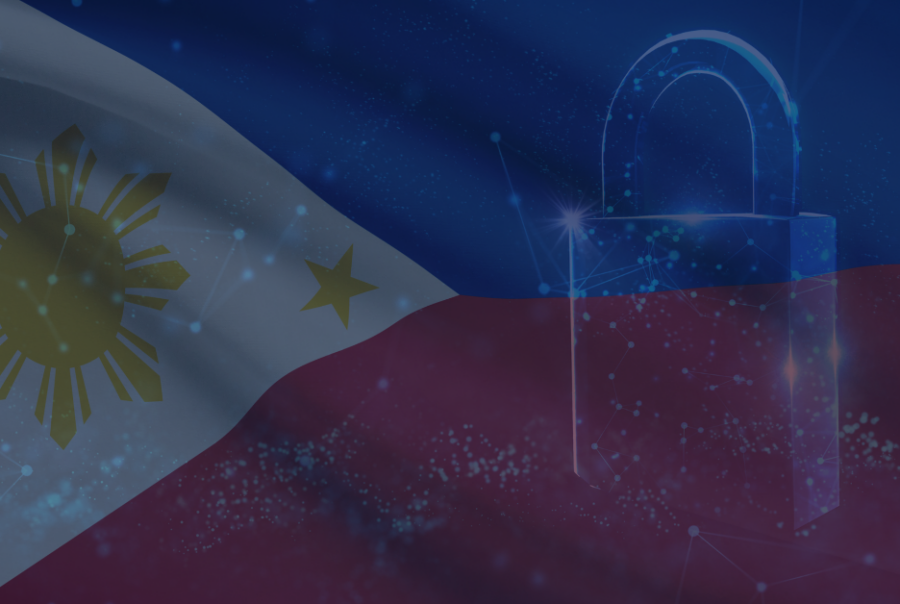

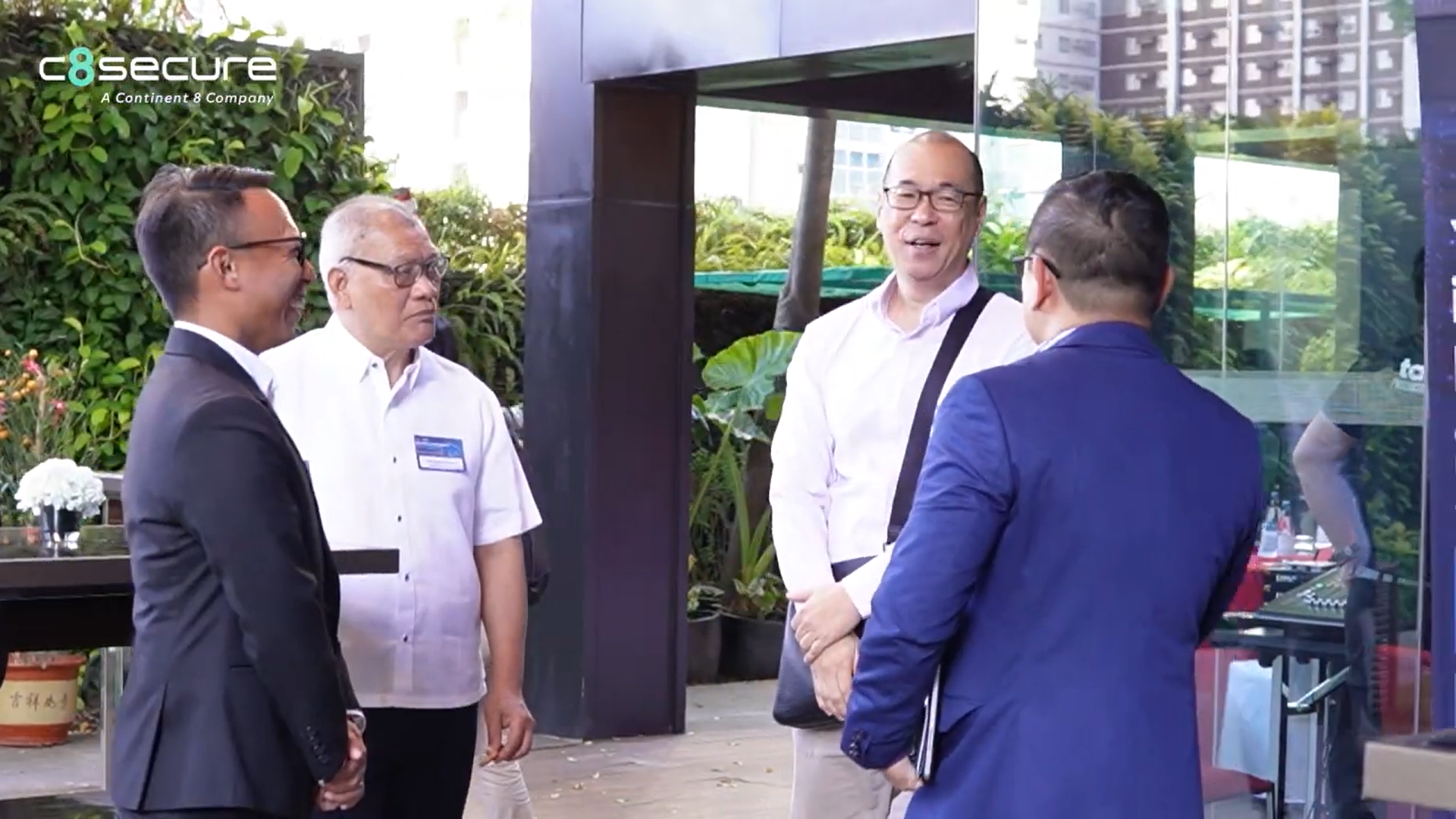
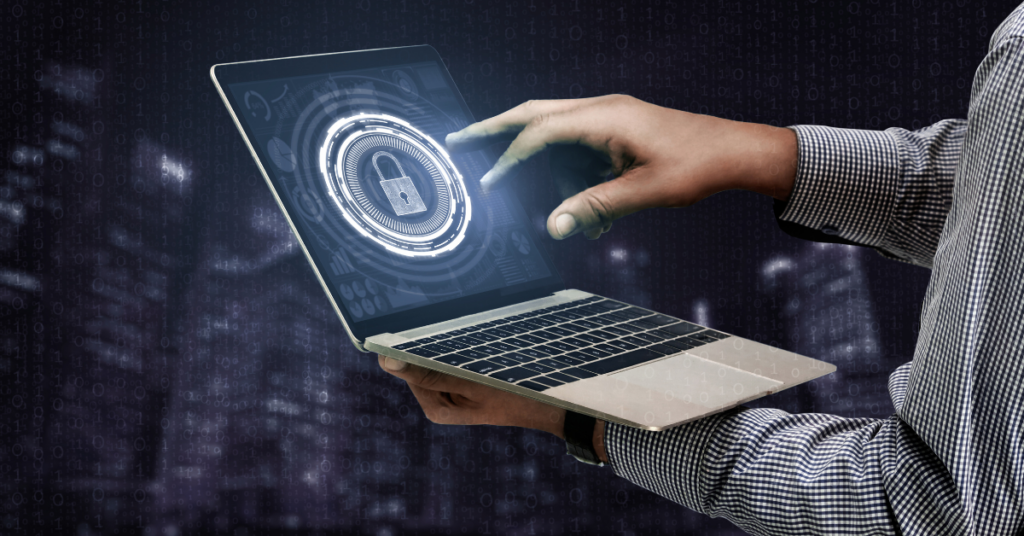
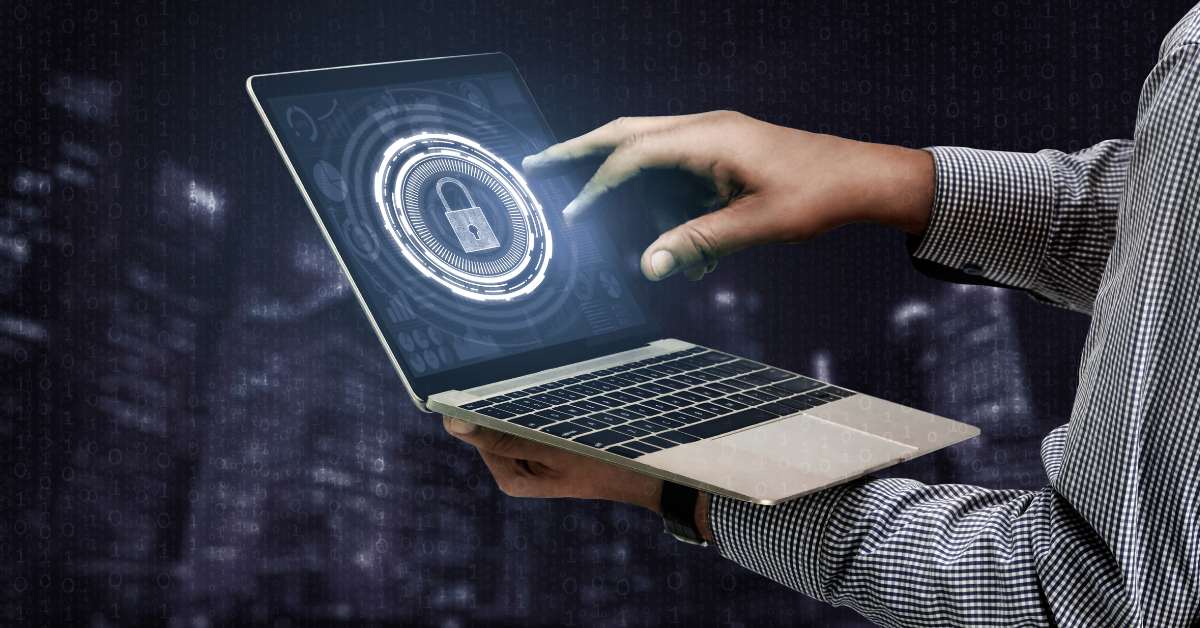

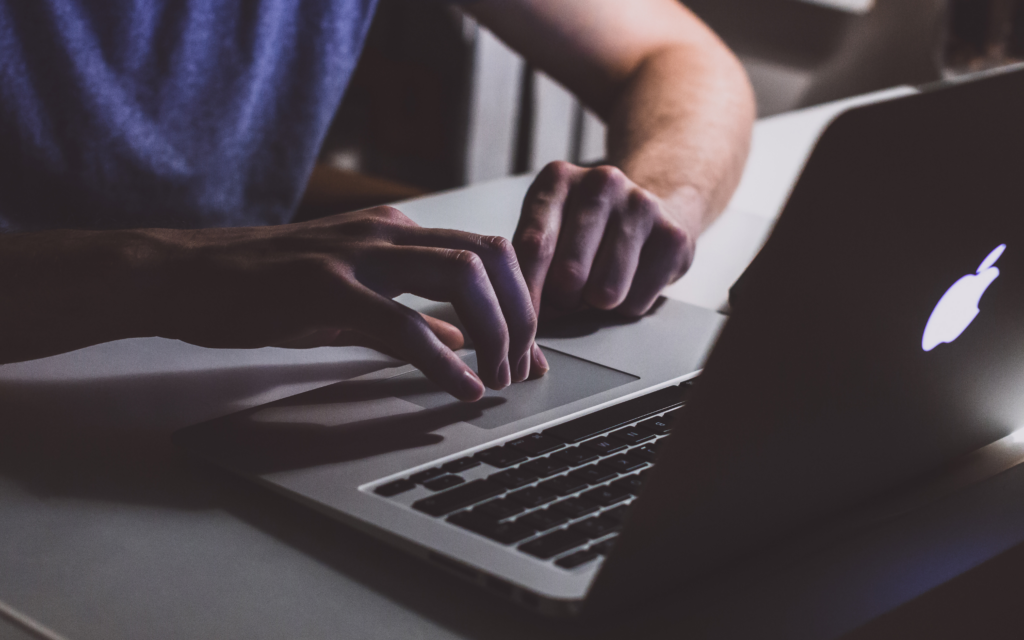
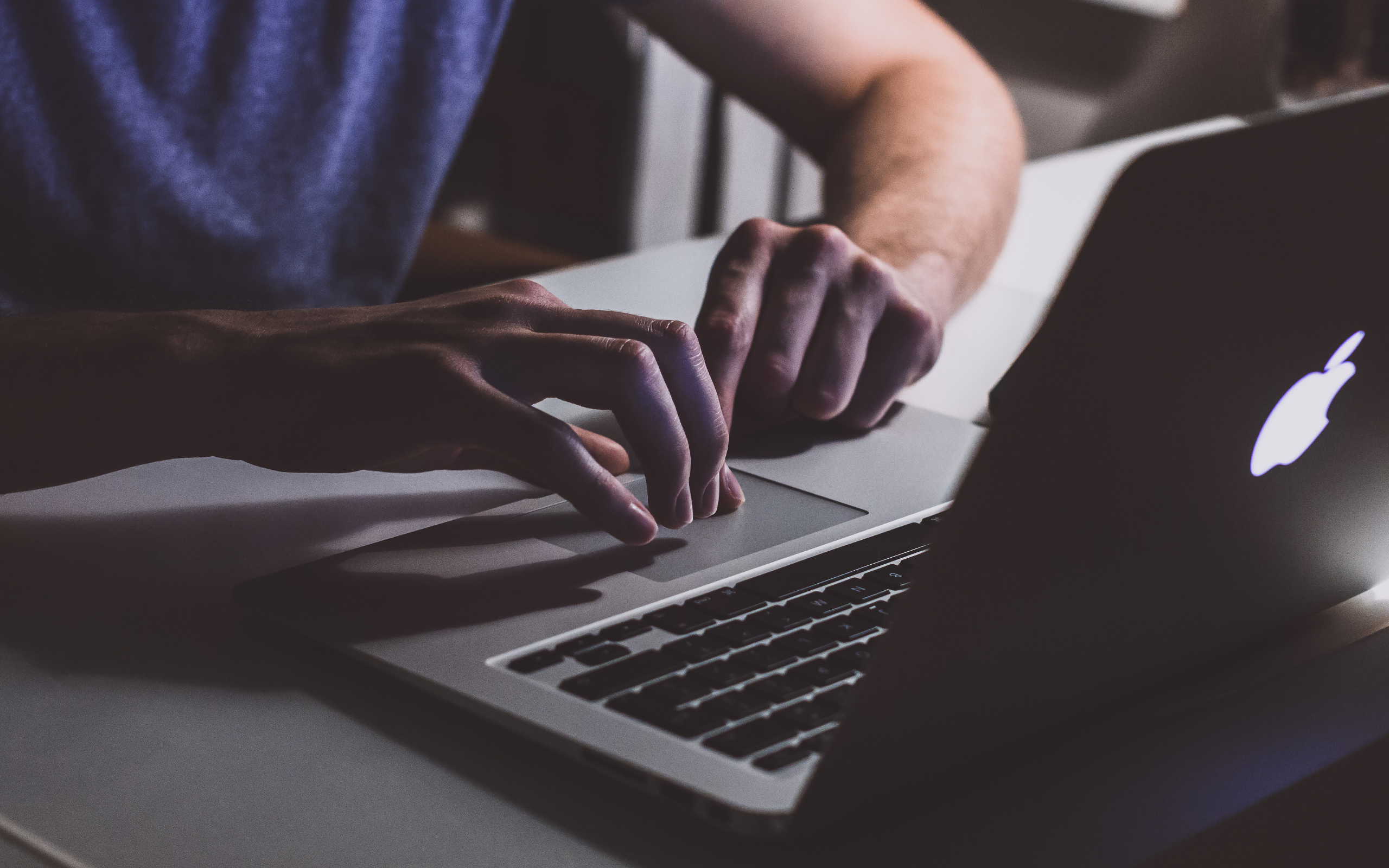
 In this Q&A, Ben shares insights into his foundational passion for cybersecurity, the value of practical, dynamic learning in a continually evolving landscape and the joy he derives from addressing complex technical challenges.
In this Q&A, Ben shares insights into his foundational passion for cybersecurity, the value of practical, dynamic learning in a continually evolving landscape and the joy he derives from addressing complex technical challenges.
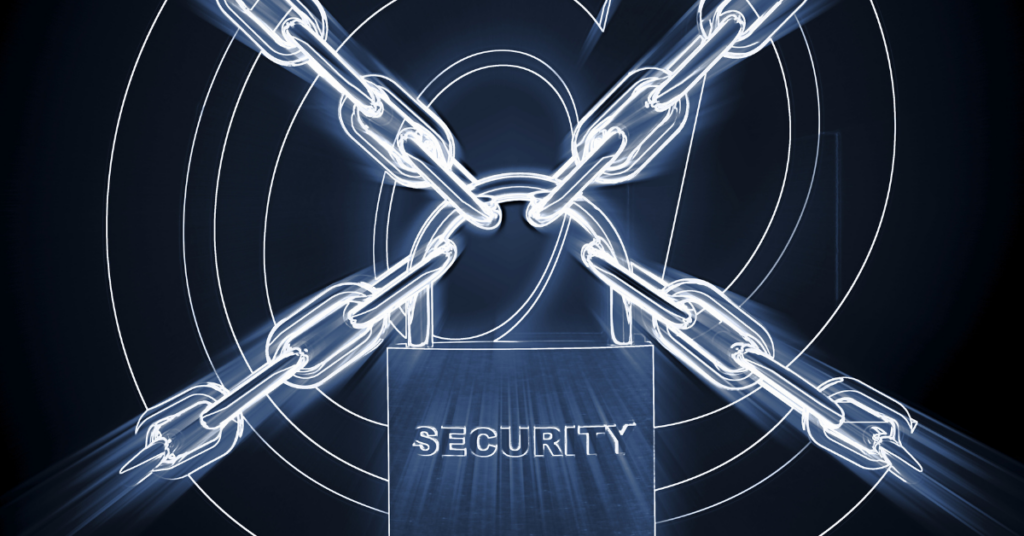
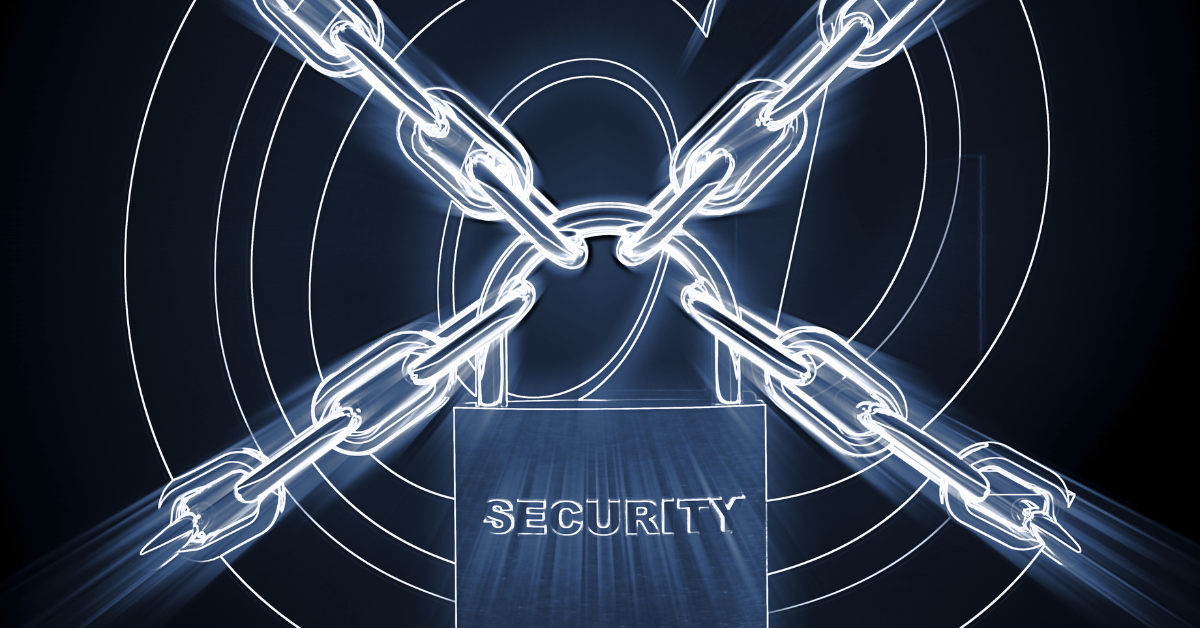
 In today’s digital world, cyber threats lurk around every corner. From sneaky malware to sophisticated ransomware, attackers are relentless. So, how do you stay one step ahead? The answer lies in cybersecurity assessments, with Vulnerability Assessment and Penetration Testing (VAPT) leading the charge. At C8 Secure, we’re passionate about helping businesses like yours fortify their defenses. Let’s dive into why VAPT and risk assessments are game-changers for securing your organization.
In today’s digital world, cyber threats lurk around every corner. From sneaky malware to sophisticated ransomware, attackers are relentless. So, how do you stay one step ahead? The answer lies in cybersecurity assessments, with Vulnerability Assessment and Penetration Testing (VAPT) leading the charge. At C8 Secure, we’re passionate about helping businesses like yours fortify their defenses. Let’s dive into why VAPT and risk assessments are game-changers for securing your organization.
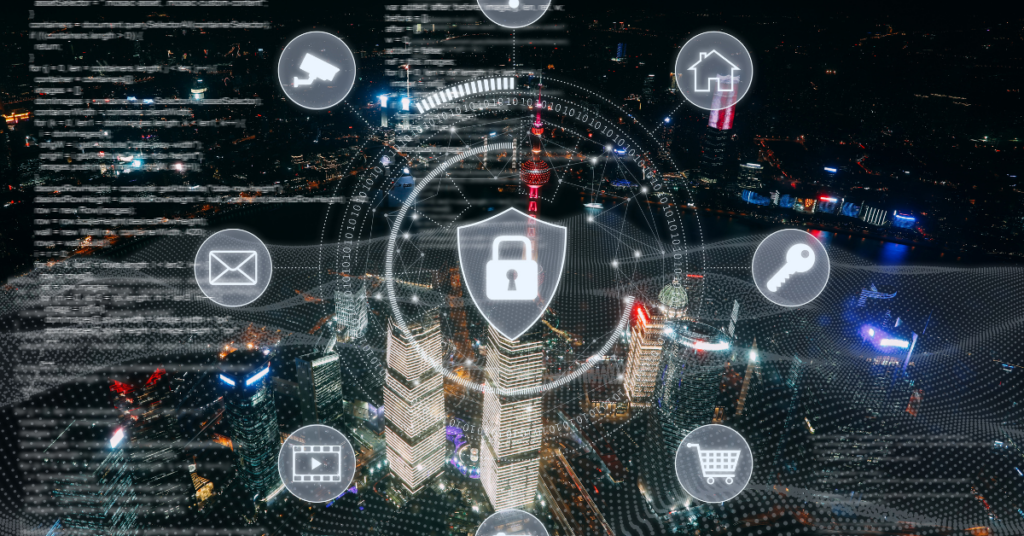
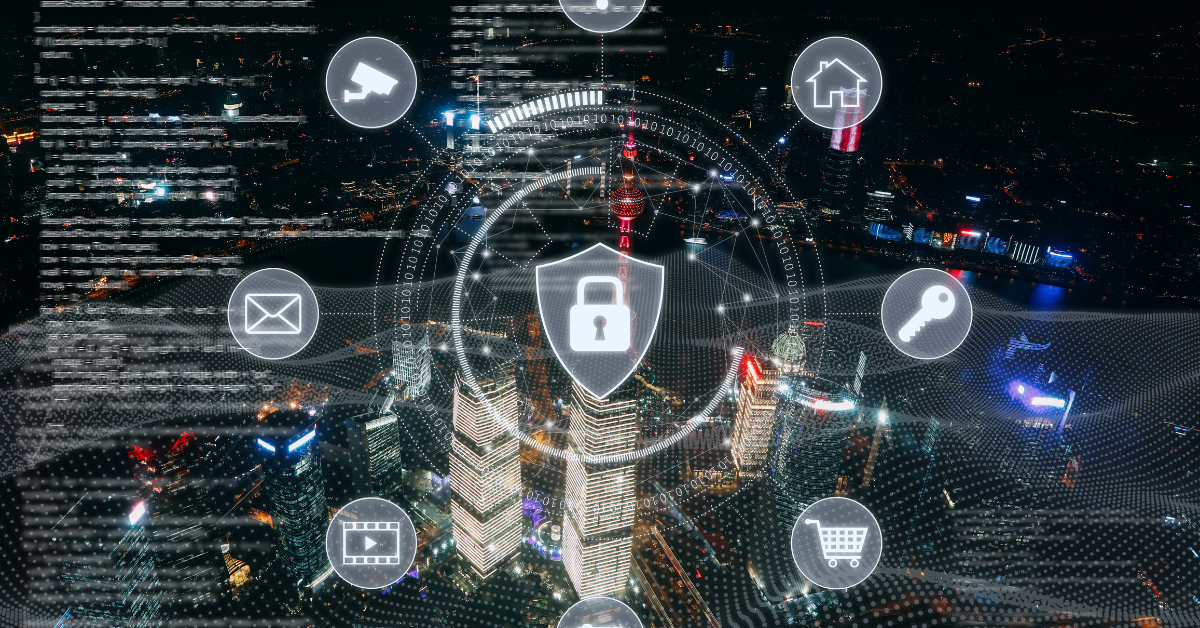
 In this Q&A, Gina expresses her enduring passion for cybersecurity, the challenges and opportunities she encounters with an expanding SOC team and platform and her unique insights on C8 Secure’s evolving SOC journey.
In this Q&A, Gina expresses her enduring passion for cybersecurity, the challenges and opportunities she encounters with an expanding SOC team and platform and her unique insights on C8 Secure’s evolving SOC journey.